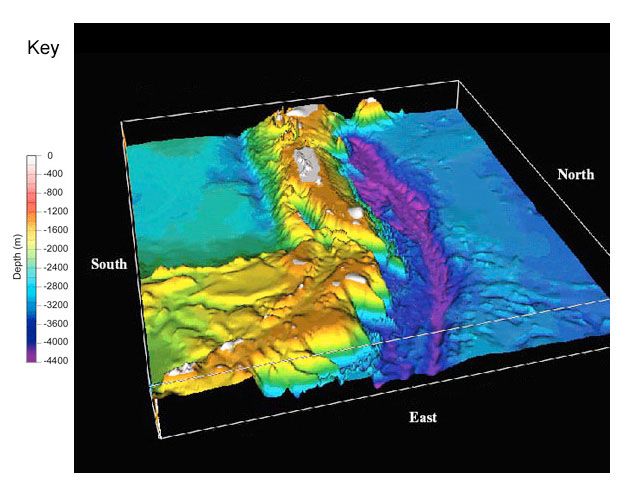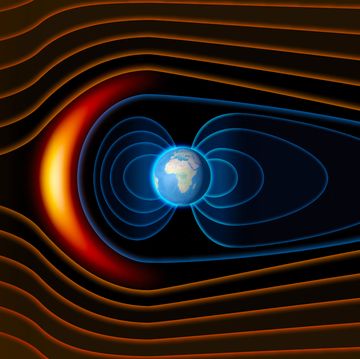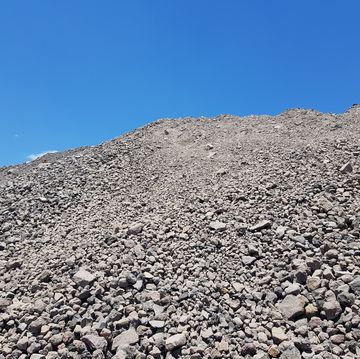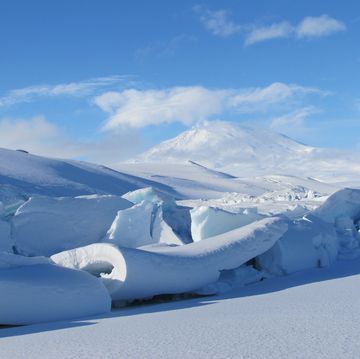It's hard to imagine all of the world's land masses together as one supercontinent. Over 200 million years ago, however, that's what Earth looked like. The breakup of Pangea was essentially the first step in the creation of the modern world.
But that's not all. Now scientists are saying that the Pangea splitting up also led to lower water levels that made the planet more habitable in the first place. And it's still happening, they say.
At the very bottom of the ocean, there exists what scientists call the "deep water cycle." Down there, salt water begins to mix and move through igneous rocks like olivine. Having soaked the rocks, the water moves down through the Earth's mantle.
This is a process called subduction, in which even tectonic and oceanic plates bend to the will of gravity. The water heats up as it gets closer to the Earth's core, eventually venting out through explosions that result in the creation of mid-ocean ridges and hotspots.
Throughout geologic history, scientists estimate that the deep water cycle is responsible for 430 feet (130 meters) of sea-level loss. And now researchers at the Center for Earth Evolution and Dynamics at the University of Oslo say it all started with Pangea.
"The breakup of Pangaea was associated with a time of very rapid tectonic plate subduction," lead study author Krister Karlsen and researcher at the Centre for Earth Evolution and Dynamics tells LiveScience. "This led to a period of large water transport into the Earth, causing associated sea-level drop."
Around 175 million years ago, as Pangea was violently being ripped apart, new rifts started opening on the ocean floor. Water-heavy slabs started falling in one after another, faster and farther down than they had before until the water began to evaporate entirely. With no water left, the end result was millions of years of water loss like the planet had never seen.
With ocean levels now rising due to man-made climate change, the idea of chucking all the water into the Earth's mantle sounds tempting. No such luck, Karlsen says.
"While the deep water cycle can effectively change sea level over hundreds of millions to billions of years, climate change can change the sea level in zero to 100 years," she says. "For comparison, the present-day sea level rise associated with climate change is about 0.1 inches (3.2 millimeters) a year. The sea level drop associated with the deep water cycle is about 1/10,000 of that."
David Grossman is a staff writer for PopularMechanics.com. He's previously written for The Verge, Rolling Stone, The New Republic and several other publications. He's based out of Brooklyn.













